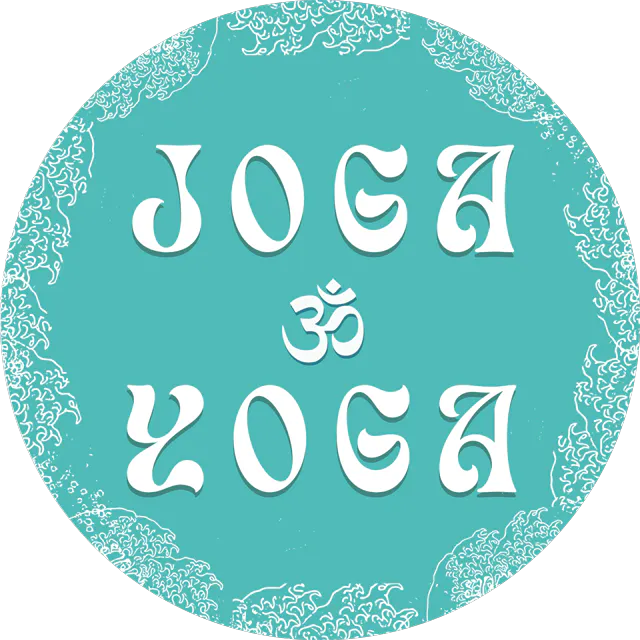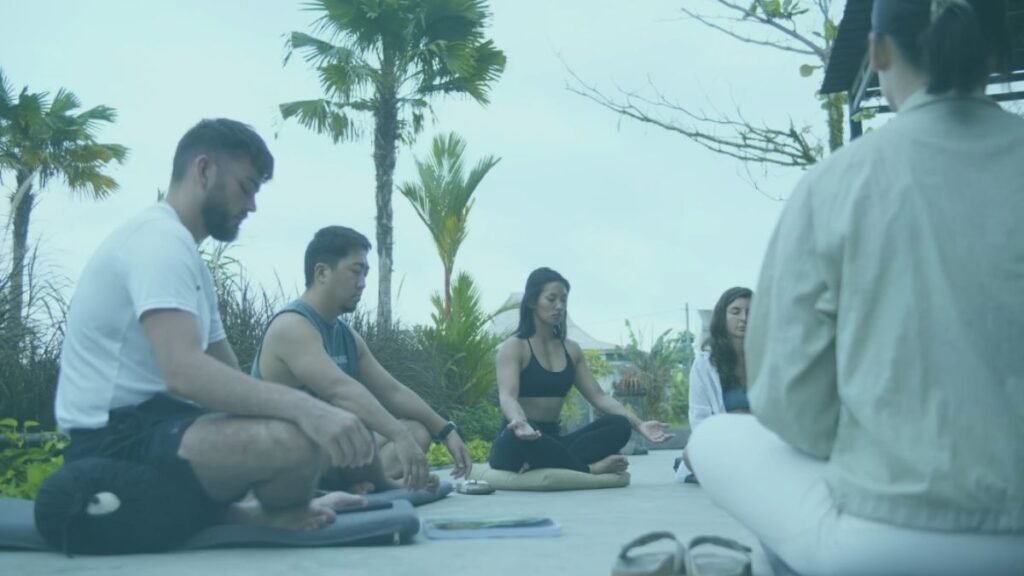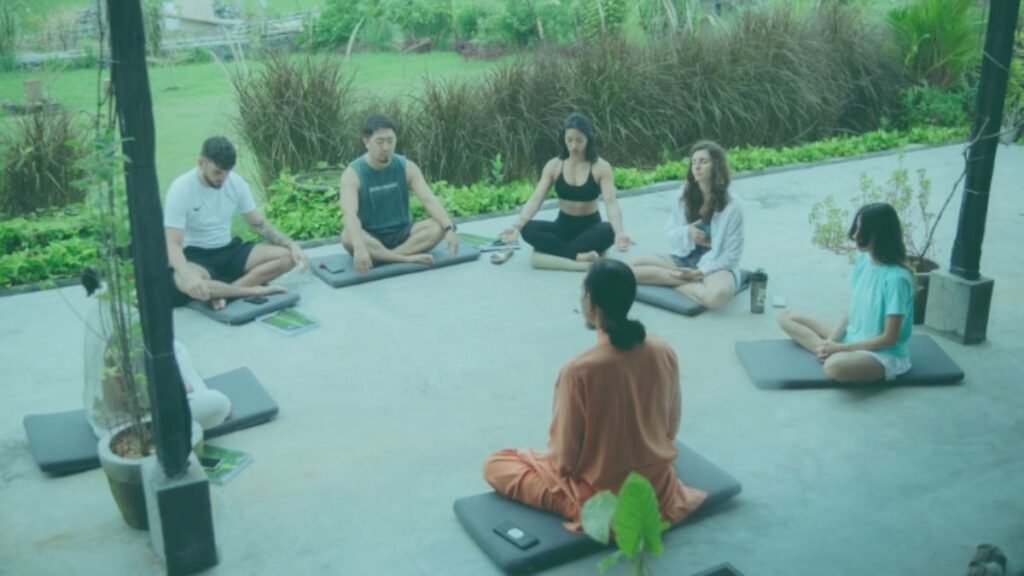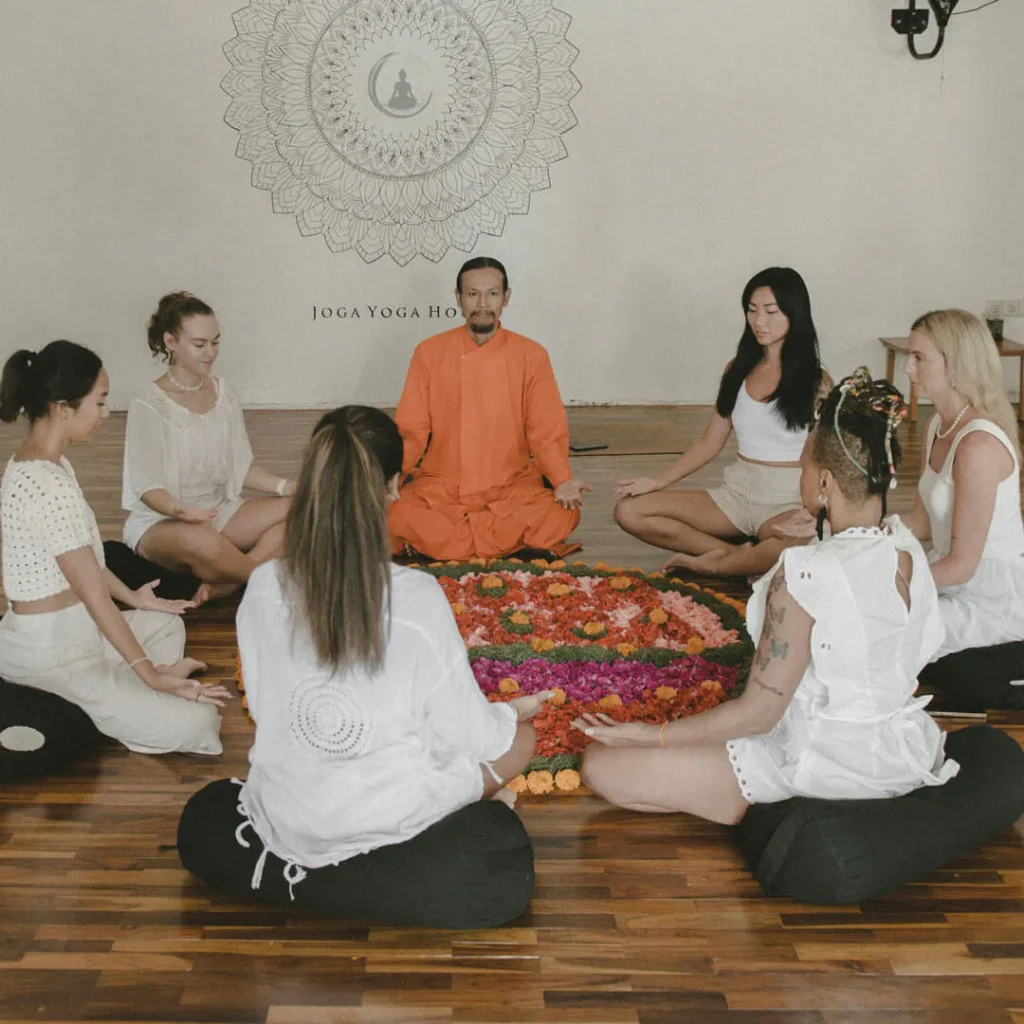The Alphabet Soup of Yoga Credentials
If you have ever searched for yoga teacher training programs, you have probably come across an alphabet soup of letters that look more confusing than calming: RYT 200, E-RYT 200, RYT 500, E-RYT 500. These aren’t random labels or marketing buzzwords. They are official credentials recognized by the Yoga Alliance, the largest international yoga teacher registry.
Each set of letters tells students, studios, and employers exactly how much training and experience a yoga teacher has. In a world where anyone can post yoga classes online, these credentials act as your proof of legitimacy and dedication to the craft.
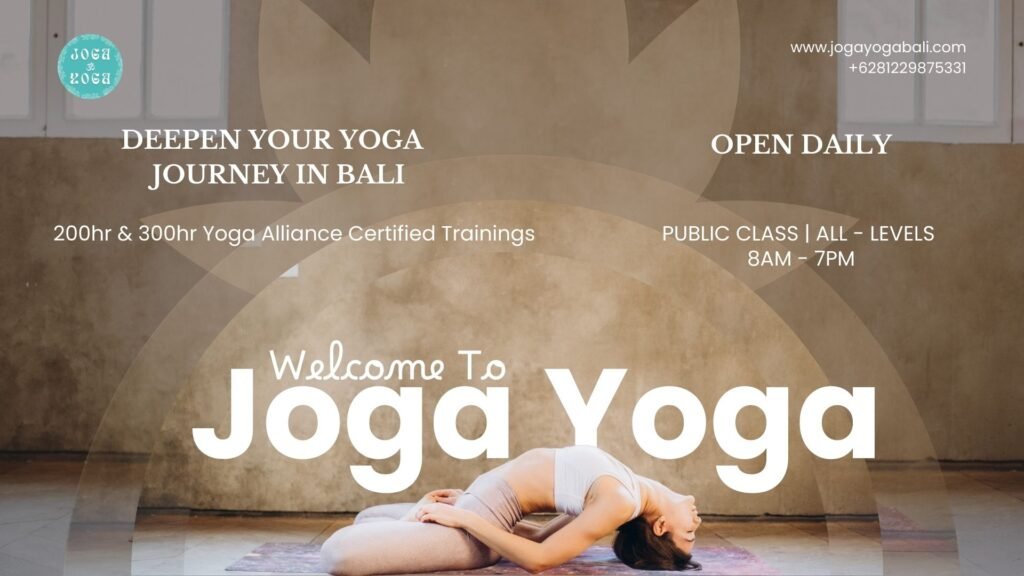
Why Knowing Your Credential Matters
For a yoga teacher, credentials are your professional currency. Studios and retreat centers often use them to screen instructors, and students look for them when choosing who to study with. Understanding what each credential means helps you:
- Know which level of training fits your goals.
- Build credibility in a competitive global yoga market.
- Map your career from beginner instructor to senior trainer.
Whether you want to start teaching, run workshops, or eventually train teachers yourself, these credentials mark every step of your teaching journey.
How This Connects to Joga Yoga Bali
At Joga Yoga Bali, every Yoga Alliance–certified course is designed to align with these credential levels. The school offers 100-hour, 200-hour, and 300-hour programs that build toward your RYT 200 or RYT 500 status. That means when you complete your training in Canggu, you not only gain practical teaching skills but also earn the right certification to register with Yoga Alliance and begin your professional teaching career.
What Does “RYT 200” Mean?
RYT 200 stands for Registered Yoga Teacher, 200-hour level. It is the foundational certification recognized by the Yoga Alliance, the global organization that sets teaching standards for yoga schools and instructors. Completing a 200-hour yoga teacher training at a Registered Yoga School (RYS 200) qualifies you to register as an RYT 200.
In other words, this is the international entry ticket to the yoga teaching world. Once you have your RYT 200, you can legally and ethically teach yoga anywhere that recognizes Yoga Alliance credentials.
Core Requirements
According to Yoga Alliance and related educational platforms such as Yoga Alliance Professionals and ISSA Yoga, the 200-hour standard includes:
- A minimum of 200 hours of structured training from a Registered Yoga School.
- Curriculum covering asana (posture practice), pranayama (breathwork), meditation, anatomy and physiology, teaching methodology, and yoga philosophy.
- Guidance from experienced, registered instructors.
- Assessment of teaching ability and theoretical knowledge.
This combination ensures that every RYT 200 graduate has a solid understanding of both the physical and philosophical aspects of yoga.
What the Training Covers
A 200-hour yoga teacher training program balances practice and theory. Students learn:
- Correct alignment and safe sequencing of poses.
- Functional anatomy for injury prevention and body awareness.
- Yogic breathing, mindfulness, and meditation techniques.
- How to design, cue, and teach classes with confidence.
- The roots of yoga philosophy and lifestyle ethics.
At Joga Yoga Bali, the 200-hour course also includes cultural immersion, community connection, and real-class teaching experience. Students graduate with the ability to lead classes and the foundation for lifelong learning.

Why This Credential Matters for New Teachers
Without an RYT 200, most studios and wellness centers will not hire you. The certification shows that you understand how to teach safely, respect yoga traditions, and manage a class responsibly.
More importantly, completing your RYT 200 marks the start of your personal evolution from student to teacher. It signals commitment, discipline, and the readiness to share yoga’s benefits with others. For many, it’s also a gateway to deeper spiritual and professional growth.
E-RYT 200: The Experienced Registered Yoga Teacher Credential
What “E” Means in E-RYT 200
The “E” stands for Experienced, and it signifies that a teacher has moved beyond the beginner stage and into the professional realm. An E-RYT 200 is a Registered Yoga Teacher who has not only completed their 200-hour training but has also accumulated significant teaching experience and additional education.
This credential tells studios and students that you have taught enough real classes to refine your voice, develop advanced teaching skills, and confidently manage students at different levels. It is a sign of credibility, leadership, and mastery of the fundamentals.
Requirements for E-RYT 200 Certification
According to the Yoga Alliance, to become an E-RYT 200 you must:
- Hold an active RYT 200 registration.
- Log at least 1,000 hours of teaching experience after completing your 200-hour training.
- Have a minimum of two years of teaching experience since registering as an RYT 200.
- Continue ongoing education to maintain your certification.
These requirements ensure that teachers with the E-RYT 200 credential have both classroom experience and continued growth beyond their initial training.
How This Credential Elevates Your Role
An E-RYT 200 is more than an instructor. You become a mentor, capable of leading workshops, mentoring new teachers, and even assisting in teacher training programs.
This credential increases your professional value and opens doors to higher-level opportunities. Studios often prioritize E-RYT 200 instructors for leadership positions or teacher-training faculty because it proves you can teach consistently, safely, and effectively.
At Joga Yoga Bali, many graduates continue their teaching journey after completing the 200-hour course, eventually accumulating the experience needed for the E-RYT 200 level. With hands-on teaching opportunities and a supportive alumni network, your path from new teacher to experienced instructor becomes achievable and rewarding.
What Is RYT 500?
RYT 500 stands for Registered Yoga Teacher, 500-hour level. This is an advanced certification recognized by the Yoga Alliance, representing the highest level of formal yoga teacher training. It signifies that a teacher has completed a total of 500 hours of accredited education through a Registered Yoga School (RYS).
In practical terms, this credential confirms that you have moved beyond foundational training and developed a more comprehensive understanding of yoga’s physical, philosophical, and teaching dimensions.
Pathways to Becoming an RYT 500
There are two main routes to earning your RYT 500 certification:
- Complete a combined 500-hour program with a single Yoga Alliance–registered school that offers the full curriculum.
- Stack your credentials: complete a 200-hour RYT program, register as an RYT 200, then continue with a 300-hour advanced training from another registered school. Once you have completed both, you can register as an RYT 500.
This flexibility allows teachers to progress at their own pace and choose advanced modules that match their interests, such as yoga therapy, advanced anatomy, Ayurveda, or specialized sequencing.
Why the RYT 500 Credential Matters
Earning an RYT 500 credential positions you as an advanced instructor capable of teaching beyond beginner and intermediate levels. It demonstrates that you have:
- A deeper understanding of yoga philosophy, biomechanics, and subtle anatomy.
- The ability to create complex class sequences and offer individualized instruction.
- The knowledge to design and lead workshops or retreats.
For students, it signals expertise and maturity as a teacher. For professionals, it is often a requirement for leadership roles, mentorship opportunities, and yoga teacher training faculty positions.
E-RYT 500: Master Teacher Status
The E-RYT 500, or Experienced Registered Yoga Teacher at the 500-hour level, is considered the top credential within the Yoga Alliance system. It represents not only advanced training but also extensive teaching experience. An E-RYT 500 teacher has mastered both the educational and experiential aspects of yoga instruction.
This is the level where you transition from being a teacher to being a teacher of teachers—someone qualified to lead trainings, mentor other instructors, and contribute to the growth of the yoga community as a whole.
Requirements
According to the Yoga Alliance, E-RYT 500 registration requires:
- Completion of an RYS 500 or an RYS 200 + RYS 300 combination.
- A minimum of 2,000 hours of teaching experience, with at least 1,500 hours accumulated after earning your first RYT 200 credential.
- At least four years of teaching experience since completing your initial certification.
- Ongoing professional development and continuing education.
These standards ensure that E-RYT 500 teachers not only understand advanced techniques but also embody the discipline, ethics, and communication skills needed to guide others.
What the E-RYT 500 Credential Enables
E-RYT 500 teachers are recognized leaders in the yoga world. This credential qualifies you to:
- Lead Yoga Teacher Training (YTT) programs and serve as lead trainer faculty for 200-hour or 300-hour courses.
- Offer Continuing Education (CE) courses for other certified teachers.
- Run workshops, retreats, and mentoring programs.
- Serve as senior educators in registered yoga schools.
At this level, your role expands from teaching students to shaping new generations of yoga professionals. It’s not just about practice or alignment anymore—it’s about passing down wisdom, ethics, and experience.
For those who train with Joga Yoga Bali, the school’s combination of foundational and advanced courses provides the academic groundwork to pursue the E-RYT 500 path. Graduates who continue to teach through the school’s mentorship network can steadily accumulate the experience hours needed to reach this milestone.
How These Credentials Fit Into Your Yoga Teaching Path
The Yoga Alliance certification structure is designed to support your professional growth step by step:
- RYT 200 – Begin your yoga teaching career with foundational training such as Joga Yoga’s 21-day 200-hour program in Bali.
- RYT 500 – Expand your expertise through advanced 300-hour studies, refining both your practice and teaching methodology.
- E-RYT 200 / 500 – Accumulate teaching experience, mentor others, and continue your education to achieve senior-level recognition.
This progression ensures a balance of learning, experience, and service—core values that reflect yoga’s philosophy of self-mastery and community contribution.
Choosing the Right Program at Joga Yoga Bali
If you’re just beginning, the 200-hour Yoga Teacher Training is your first step. It gives you all the essentials to register as an RYT 200 and start teaching confidently.
If you already hold a 200-hour certification, Joga Yoga’s 300-hour Advanced Yoga Teacher Training helps you complete the requirements for RYT 500 registration. The course is ideal for teachers ready to specialize, deepen their knowledge, and step into leadership roles.
Every program at Joga Yoga Bali is Yoga Alliance certified, ensuring your credentials are recognized globally. The school’s mentorship opportunities and teaching network also make it easier to gain the experience required for E-RYT status later on.
In short, whether you’re just starting out or preparing to become a master teacher, Joga Yoga offers the roadmap, and the community to help you achieve every level of your yoga teaching journey.
Specialty Credentials and Continuing Education
RCYT and RPYT: Specialized Paths for Yoga Teachers
Beyond the main RYT and E-RYT tracks, the Yoga Alliance offers specialty credentials for teachers who want to focus on particular populations or styles. The two most recognized are:
- RCYT (Registered Children’s Yoga Teacher): This certification is for teachers who want to bring yoga to kids and teens. It requires completing a 95-hour children’s yoga teacher training through a Yoga Alliance–registered school and logging at least 30 hours of teaching experience with children. Teachers with this credential learn how to adapt postures, language, and class structures to suit younger practitioners, making yoga accessible and engaging at every age.
- RPYT (Registered Prenatal Yoga Teacher): Designed for teachers who wish to guide pregnant students safely, the RPYT requires an 85-hour prenatal-specific training plus 30 teaching hours focused on prenatal yoga. This program emphasizes anatomy, sequencing, and modifications that support mothers-to-be through all stages of pregnancy.
While Joga Yoga Bali specializes in foundational and advanced teacher training rather than niche certifications, its 200-hour and 300-hour programs provide the strong base needed to pursue these specialties later. Many graduates go on to take prenatal or children’s yoga certifications once they have their RYT 200 or RYT 500 in place.
The Importance of Continuing Education
Becoming a certified yoga teacher is not a one-time achievement. The Yoga Alliance requires all registered teachers to complete Continuing Education (CE) hours to maintain their credentials. This ensures that teachers stay informed, inspired, and aligned with evolving yoga practices and research.
Continuing Education typically includes workshops, courses, or mentorship hours focusing on areas such as anatomy, philosophy, teaching methodology, and ethics. The Yoga Alliance requires every teacher to log at least 30 hours of CE every three years, with a mix of teaching and study time.
At Joga Yoga Bali, the culture of lifelong learning is built into every program. Graduates receive lifetime access to the school’s online student portal, where they can continue developing their knowledge long after the course ends.
Conclusion
Understanding your yoga credentials is about more than collecting titles. It’s about growing into a more knowledgeable, skilled, and ethical teacher. From RYT 200 to E-RYT 500, each level represents a new stage of commitment to both your personal practice and the broader yoga community.
These certifications help you build credibility, expand your opportunities, and stay connected to a global network of professionals who share your passion for teaching.
If you’re ready to take your next step, explore the Yoga Alliance–certified teacher training programs at Joga Yoga Bali. Whether you’re starting with the 200-hour course or advancing through the 300-hour program, you’ll gain the knowledge, confidence, and certification needed to teach anywhere in the world.
👉 Begin your journey today:
Explore Joga Yoga Bali’s Yoga Teacher Training Programs

FAQ: Yoga Teacher Certification Explained
What is the difference between RYT 200 and RYT 500?
The RYT 200 is your foundational certification requiring 200 hours of yoga teacher training, while the RYT 500 represents advanced-level training totaling 500 hours. In simple terms, RYT 200 qualifies you to teach beginner classes, and RYT 500 prepares you for advanced teaching, workshops, and specialized programs.
Do I need RYT 500 to teach yoga?
No, you only need an RYT 200 to start teaching professionally. However, pursuing an RYT 500 expands your skills, deepens your knowledge, and makes you more competitive in the yoga industry.
How do I qualify for E-RYT 200 or E-RYT 500?
To become an E-RYT 200, you must complete an RYT 200 program and log at least 1,000 hours of teaching experience over a minimum of two years. To reach E-RYT 500, you need 2,000 teaching hours and at least four years of experience after your first certification.
Can I teach yoga without Yoga Alliance registration?
Technically, yes—you can teach yoga without being registered. However, Yoga Alliance registration provides international recognition, professional credibility, and access to global teaching opportunities. Most reputable studios and retreat centers require or prefer Yoga Alliance–registered instructors.
How long does it take to become an E-RYT 500?
The timeline varies depending on how often you teach. On average, it takes four to six years to move from your first 200-hour certification to the E-RYT 500 level, combining additional study with thousands of hours of teaching experience.
